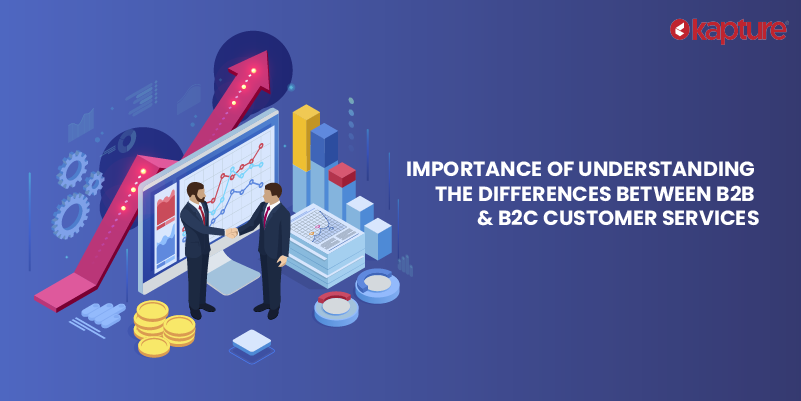Surveys from reputed companies have indicated that individual and business clients are willing to pay extra for better customer support, sometimes more than they’re willing to pay for better products/services. All smart businesses make efforts to retain their existing customers as well as gaining new ones, more popularly known as B2C Customer Service.
Offering customer support to other businesses, also known as B2B customer service, however, has some challenges unique to it. The quantum of consequences of poor B2B services is naturally higher than that of poor B2C services, although both demand the attention and resources of a company. For instance, companies like this Walmart Marketplace Management Agency, software-as-a-service (SaaS) providers, or logistics firms tend to rely heavily on effective B2B customer service to maintain smooth operations and retain client trust. Now, in order to decide how each needs to be planned and managed, the starting point would be to understand their differences.
1. Complexity of Issues
People involved in B2B support often come across more complex issues than in the B2C sector. Most customers usually require one-time support for their queries or grievances, with very few follow through. Business issues or queries tend to be on the complex side. They are time-consuming, almost always need back-and-forth, and have a larger impact on a company’s balance sheet. While first contact resolution is imperative in B2C service, it’s not considered an important parameter in B2B customer support.
2. Relations Created
When you have a person or a set of people regularly interacting with another set of people, it is natural to expect them to develop a sense of familiarity. With extensive back-and-forth usually involved in B2B services, a business client usually prefers dealing with the team that is familiar with its requirements and background, saving time and efforts on both sides. B2C service, on the other hand don’t lead to the creation of such relations. It is rare for a customer to ask for the same representative they interacted six months back for a minor issue.
3. One vs. a Team
Customer service strategy for individuals is straightforward under B2C rules – you have one agent who handles the person’s needs, documents the exchange in a business approved method, and close the loop there. B2B support is a collaborative effort. A business client would usually have complex demands, sometimes multiple at the same time. It’s unwise to allocate just one person to handle all the affairs alone as well as record every step of it for audit and regulatory purposes. A smarter approach would be to have a team dedicated to handling one business client, and the team members need to collaborate to provide top-level service. This avoids confusion, duplication of efforts, and wastage of time and resources.
4. Interaction with People
B2C naturally involves handling one person at a time. In some cases, it can extend to a few other people. For example, for a broadband company, providing their services to one home implies having to interact with 3-4 members of the family under one connection ID. A single B2B client, on the other hand, always have multiple points of contact. Take a shipping company having a business client trying to settle an invoice discrepancy. The first call may be from the client’s general bookkeeper, the next from their finance chief, next from the head of the department that documented the contents of the shipment and recorded the discrepancy, etc. The number of contacts for one client maintained in B2B database is always larger that of B2C clients.
5. Impact on Marketing
If a customer has one bad experience as part of B2C services out of the ten interactions they’ve had, it doesn’t have much of an impact on their relationship with the business. B2C services are not concerned with building long-lasting relationships, although their aim to achieve the highest possible customer satisfaction adds to the process. B2B services, however, place more importance on building long-lasting relations with their business clients. The rule is to take good care of their business client from the time they are marketed as prospective client, and even after they sign a contract and become a paying customer. Proactively reaching out to their clients in anticipation of their demands and queries helps with retaining a business client for a longer tenure and increasing the volume of sales to them.
